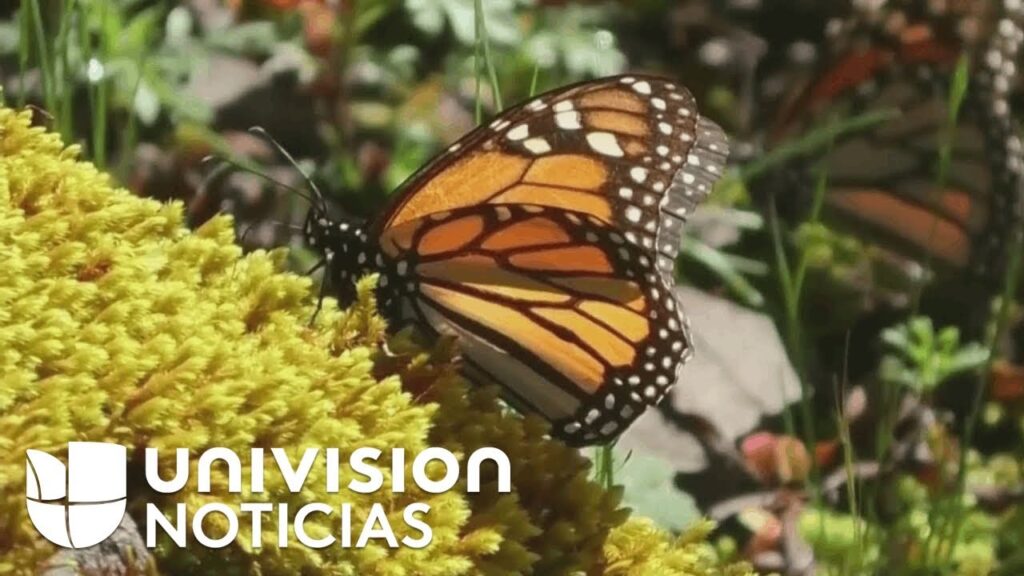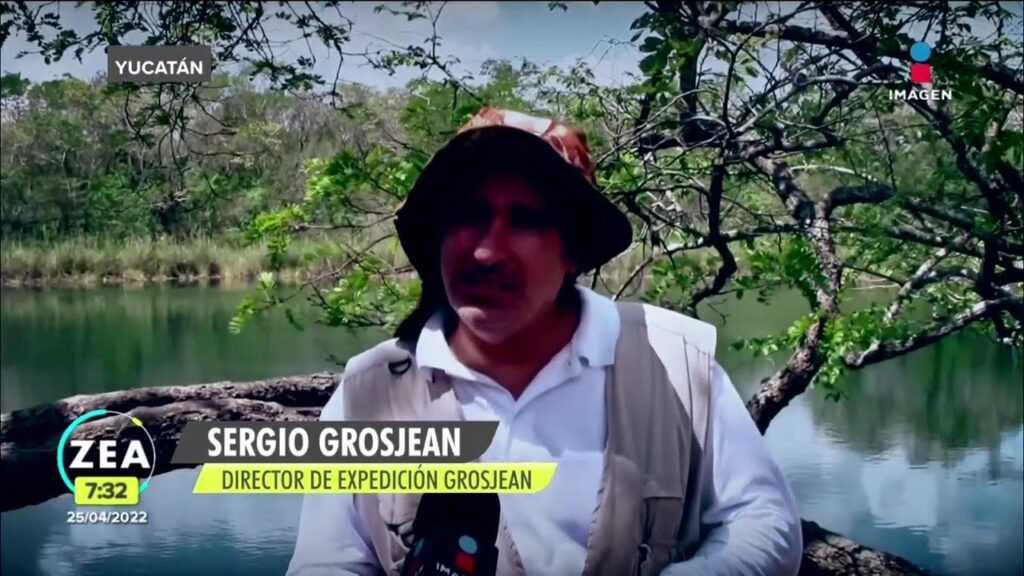Witness the Magic of Monarch Migration to Mexico’s Forests
Each year, the skies above Mexico become a fluttering canvas of orange and black as millions of monarch butterflies embark on an extraordinary 3,000-mile journey. This migration, one of the most spectacular natural phenomena on the planet, sees these delicate creatures travel from Canada and the United States to the warm sanctuaries of Mexico’s oyamel fir forests. The Monarch Butterfly Biosphere Reserve, a World Heritage site nestled in the mountains of Michoacán, becomes their winter home, offering a breathtaking display of nature’s resilience and beauty.
Visitors to these hallowed forests will find themselves wrapped in a serene ambiance as the butterflies congregate in vast numbers, creating a vibrant mosaic among the trees. The whisper of their wings is the soundtrack to a mesmerizing experience that connects us deeply to the cycles of nature. To fully appreciate the wonder of this migration, it is crucial to tread lightly and quietly, allowing the magic of the moment to envelop you without causing disturbance to these delicate travelers.
The monarch migration is not only a stunning visual feast but also a powerful symbol of the interconnectedness of ecosystems across North America. These butterflies rely on a chain of habitats spanning thousands of miles, each one crucial to their survival. Their presence in Mexico’s forests serves as a poignant reminder of our shared responsibility to protect these essential environments. As we witness the monarchs’ annual return, we are reminded of the delicate balance of our natural world and the role we play in preserving it for generations to come.
Exploring the Path of the Monarchs: From Canada to Mexico
Every year, the eastern population of monarch butterflies embarks on an awe-inspiring migration that spans thousands of miles. This remarkable journey begins in the cooler regions of Canada and the United States, where the fluttering wings of these vibrant creatures signal the arrival of warm summer days. As the seasons change, so too does the habitat of the monarchs. They are driven by an ancestral call to head south, towards the warmer climes of central Mexico. This migration is not just a stunning natural event; it’s a vital component of the ecosystems where the monarchs reside at different times of the year.
In preparation for their epic journey, monarch butterflies feast on a variety of wildflowers, with a particular fondness for milkweed. It is this plant that provides the nutrients necessary for the monarchs to make the long trip ahead. The journey is not a direct flight; rather, it is a series of generational steps. Interestingly, the butterflies that return to Mexico are several generations removed from those that left the previous year, yet they find their way to the same forests with uncanny precision. It’s a natural navigation that remains largely a mystery to scientists to this day.
The monarch’s path also serves as a critical barometer for the health of the environment. Climate change, habitat loss, and other ecological threats loom over this delicate migration. Conservationists tirelessly gather data and push for protective measures along the way to make sure the monarchs can continue their vital journey. Not only does the monarch migration bring beauty and wonder to observers, but it also brings a sense of urgency in the fight to preserve our natural world.
When the monarchs finally reach the oyamel fir forests of Michoacán in Mexico, they are welcomed by a stunning sight—entire trees covered in a fluttering tapestry of orange and black. The butterflies cluster together for warmth, covering the trees like living ornaments. This gathering in Mexico’s high mountain forests is not just the end of an incredible migration; it is a time for rejuvenation, mating, and laying the groundwork for the next generation of travelers who will once again start the cycle anew. It is here, in these hallowed sanctuaries, that the monarchs will spend the winter months before the call of the north beckons again.
Mexico’s Forests Awash in Orange: The Arrival of Canadian Butterflies
Each year, as winter approaches in the northern climes of Canada and the United States, a miraculous transformation overtakes the forests of central Mexico. The lush greenery becomes dappled with the vibrant orange and black of millions of monarch butterflies. These delicate creatures undertake an arduous journey spanning up to 3,000 miles to reach the temperate highlands of the Mexican state of Michoacán, where they find refuge from the harsh winter weather.
The monarch butterflies’ annual migration is one of nature’s most spectacular events, and it begins with the onset of cooler temperatures up north. Instinct guides these insects to the very same forests each year – a navigational feat that continues to baffle scientists. The exacting conditions of the oyamel fir forests in Mexico provide the perfect microclimate for the butterflies to survive the winter: cool, but not freezing temperatures, and the right humidity to prevent desiccation.
Once in Mexico, the butterflies congregate in the tens of millions, their collective weight bending the boughs of the trees in a living shawl of orange. The sight is nothing short of magical; a fluttering, rustling sea of color that turns the forest into a destination for nature lovers and tourists alike. The local communities celebrate their arrival with festivals and guided tours, recognizing the economic boost the butterflies bring along with their ecological significance.
However, preserving this extraordinary migration necessitates international cooperation and sustainable practices on a grand scale. Threats such as deforestation, climate change, and the degradation of breeding grounds in North America loom over the future of the monarchs. Every sighting of the orange wings among the forests of Mexico is a reminder of the fragility of nature and the intricate connections that bind the ecosystems across our continent.
Discover the Splendor of the Monarch Butterfly Season in Mexico
Each year, a natural spectacle unfolds in the forests of central Mexico as millions of monarch butterflies make their way over 3,000 miles from Canada and the United States to their winter home. The Monarch Butterfly Biosphere Reserve, a World Heritage site, becomes a canvas of orange and black, attracting visitors from around the globe. This incredible journey isn’t just a sight to behold; it’s a critical part of the butterflies’ life cycle, as they seek out the oyamel fir trees’ unique microclimate for hibernation.
The best time to witness this natural wonder is between November and March, when the butterflies cluster in the trees in such numbers that branches bend under their weight. Local guides can take you on a journey through the reserve, where you can be enveloped in a sea of fluttering wings. The sight of millions of monarchs taking flight simultaneously is one of nature’s most awe-inspiring events, creating a stirring symphony of rustling wings that fills the air.
Participating in this adventure not only leaves you with unforgettable memories but also supports the local communities and conservation efforts. Ecotourism has been a boon for the area, promoting sustainable practices that help protect the monarchs’ habitat. Visitors are encouraged to respect the environment, sticking to designated paths and keeping noise to a minimum to avoid disturbing these delicate creatures during their resting period.
For the photography enthusiast, the reserve offers a unique opportunity to capture the monarchs’ vibrant colors. Whether blanketing the ground during cooler temperatures or dancing in the sky as the day warms up, the butterflies present endless possibilities for the perfect shot. Just remember to keep a respectful distance and use your camera’s zoom to prevent interrupting the monarchs’ much-needed rest on their long migratory journey.



